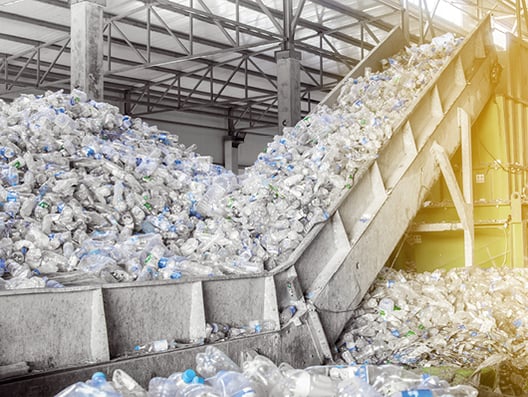Safe rail travel with fire protection certification
Serious train accidents and accidents with burning trains or compartments are usually momentous, but fortunately extremely rare. This is not least thanks to the high fire protection standards that apply to rail vehicles in many countries. These ensure that trains, suburban trains, underground trains and trams are equipped in such a way that all components are ideally non-combustible or at least only very flame-retardant.
This is a great challenge for manufacturers and their suppliers. This article explains how they can still reliably manage to get their vehicles on the tracks in a fire-safe manner.
EN 45545 regulates fire-safe rail traffic
How fire protection in rail vehicles has to look like is regulated in standards. One of the most important standards for this is EN 45545. It applies in all European countries and to everything that runs on tracks: from ICEs and TGVs to regional trains and light rail vehicles. The basic principle of the standard can be summarised in one word: Prevention. It therefore defines tests that all components and their materials must pass before they can be installed in rail vehicles. Important test criteria are flammability, flame spread, heat emission and smoke development.
From seat cover to insulation monitoring
In fact, all materials without exception have to be tested and certified according to EN 45545. This starts with the upholstery fabric for the seats, which of course must not be flammable, and extends to the electronic components in the control cabinet. The standard thus also affects Bender's product range. For rail vehicles we offer, among other things, insulation monitoring devices that protect the mostly unearthed electrical drives of locomotives and railcars. For earthed power supplies in trains, there are also special residual current monitors and voltage relays.
Certification: Yes certainly!
Bender has now taken a big step in terms of the EN 45545 standard: All Bender railway products are now certified according to EN 45545. This means that rail vehicle manufacturers can use Bender railway products such as the ISOMETER® isoRW685W-D and the residual current monitors of the LINETRAXX® series without hesitation and in compliance with standards, without the need for further protective measures.
The advantages of certified railway products for rail vehicle manufacturers and their suppliers are clear:
- Approved fire protection at the highest level
- Installation of the components without additional fire protection housing
- Less effort and costs in planning and installation
- Problem-free international use of components
How did Bender do it?
The path to certification of the railway products was also challenging for Bender. This is because the development department scrutinised all the individual components and tested them in elaborate series of tests to determine their behaviour in various scenarios and under a wide range of loads. The result of the numerous audits and the subsequent redesign measures is very pleasing: All Bender railway products have passed the required certification according to EN 45545 without any problems (read more about fire protection certification at Bender here).
Do you also want to play it safe?
With the certified insulation monitoring devices and the residual current monitoring devices for rail vehicles, Bender offers solutions that fully comply with the current fire protection standards in Europe. Would you like to find out more about whether Bender railway products are also suitable for your rail vehicles? You will find an overview of all aspects for safe travel and operations on our railway solutions webpage.



